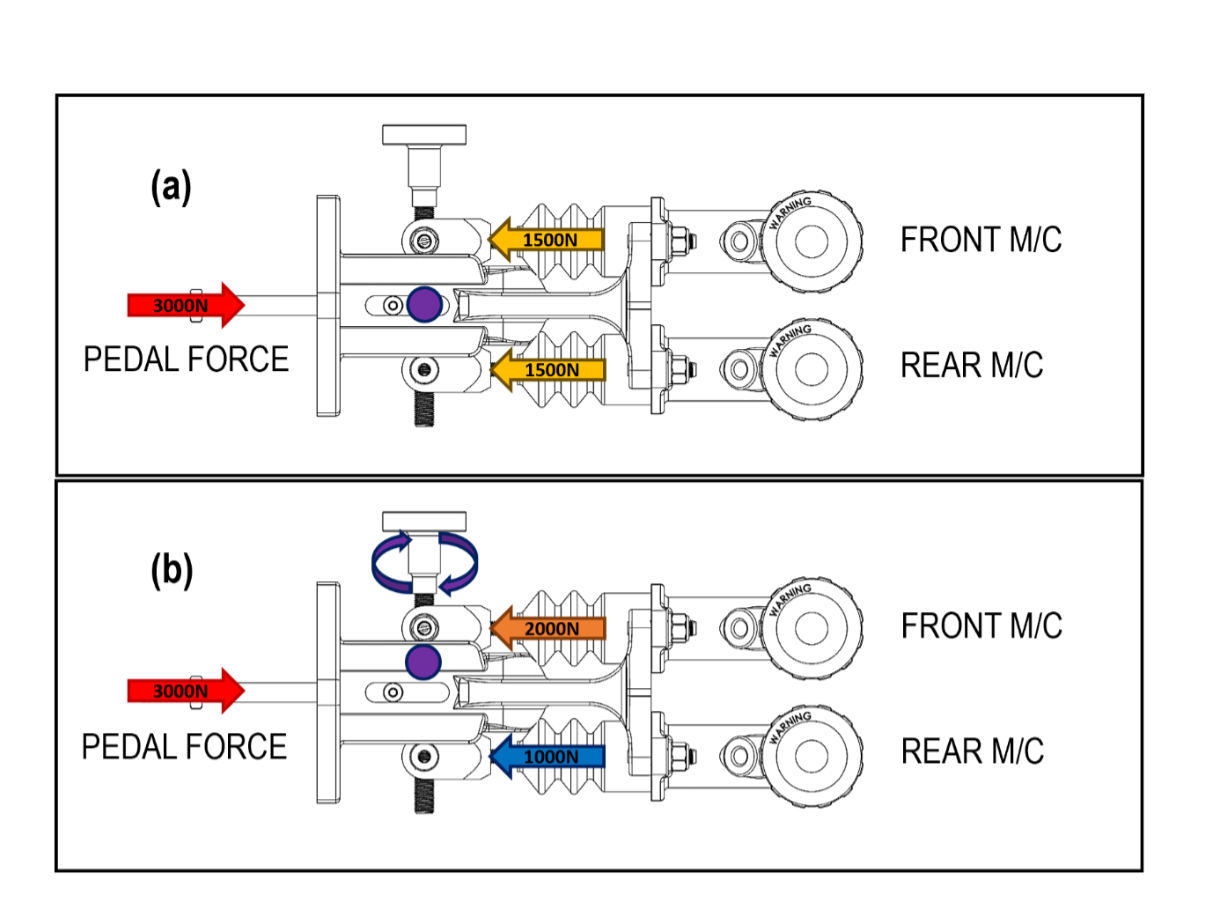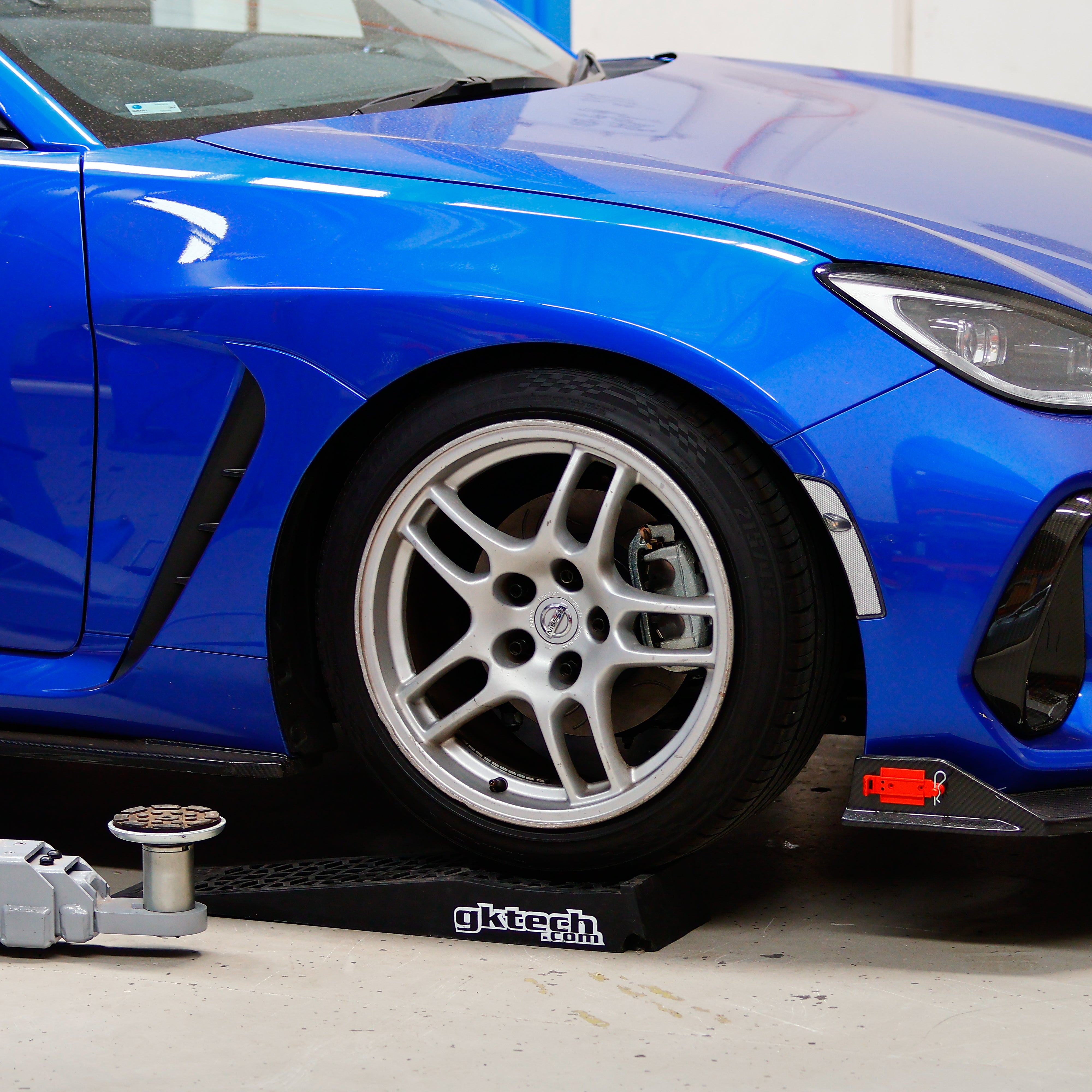What is Bump Steer?
Bump steer refers to the unwanted toe change that occurs when a vehicle encounters a bump and compresses the suspension system. This change in toe angle negatively affects the vehicle's stability and if excess can be outright dangerous. Visualize it as your car's tires both turning either inwards or outwards when hitting a bump as shown in the diagrams below.
- What Causes Bump Steer?
Bump steer is directly linked to the suspension geometry, specifically the relationship between the lengths and mounting locations of the tie rod and the lower control arm. This is demonstrated well by the illustrations below which looks at the starting geometry for the bump steer above. You can see that lowering the lower control arm mount relative to the tie rod has cause an excessive amount of bump steer. In most cases OEMs design for a particular ride height, or even design bump steer into the suspension geometry, as a result when the vehicle is lowered this can cause increased bump steer.


III. Why Do We Want To Eliminate Bump Steer?
Bump steer has a few negative effects on the vehicle. Firstly, it makes the car extremely unpredictable whether that be at high speed and hitting a bump or simply going through a corner on a slightly bumpy racetrack. Instability is induced in the steering which is extremely dangerous and can catch inexperienced drivers out. Another affect that it can have is accelerating tire wear, impacting both performance and safety especially if the car is still driven on the road.
- How To Eliminate Bump Steer?
One of the easiest ways to adjust or remove bump steer is through changing the outer tie rod pickup point. This can be achieved with an adjustable outer tie rod kit that includes spacers to raise or lower the tie rod pickup point. As an example, below is a graphical representation of the bump steer on the GT86 chassis at OEM and -25mm ride heights. You can see that lowering the car surprisingly improves bump steer in this case. However, we get a much better by installing a GKTECH outer tie rod kit and using the 5mm shim so that the tie rod is mounted 5mm lower down, by doing this we almost completely eliminate bump steer.






